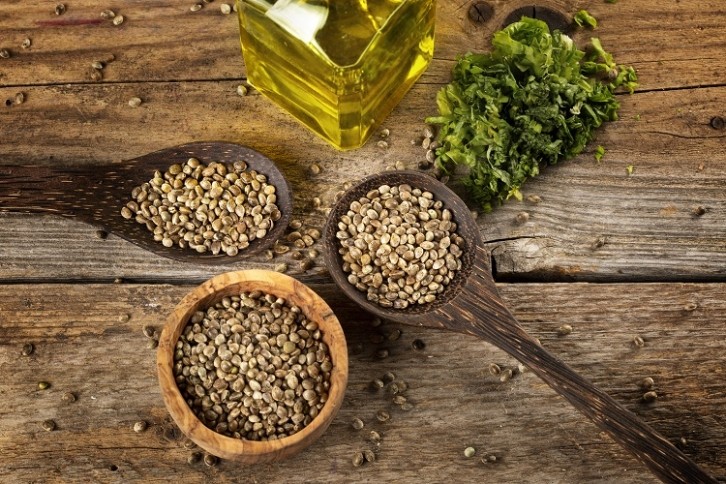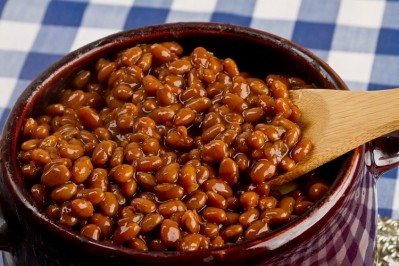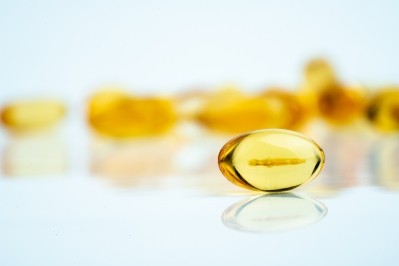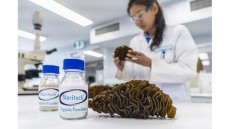Is hemp the next functional food in vegetarian nutrition?

As regulatory restrictions have eased in recent years, there has been a resurgence in interest in Cannabis sativa, commonly known as hemp, and its uses in industrial applications. Subsequently, researchers in Italy and Germany sought to understand its nutritional potential in food. Specifically, they wanted to explore the role of Cannabis sativa as a functional food in vegetarian nutrition.
A source of vegetarian nutrition
The nutritional profile of hemp seeds and their derivatives is particularly relevant for those following vegetarian diets, as they provide various proteins, essential fatty acids, and minerals, the researchers stated. These researchers underscored hemp’s potential health benefits and as a supplemental option that can enhance vegetarian diets through being a well-rounded source of nutrients.
Hemp appeals to consumer demands for nutritional ingredients, as it is a dietary fibre and contains bioactive molecules. In addition, incorporating hemp into consumer diets aligns well with vegetarian principles, offering them a plant-based nutrient source that supports nutritional needs and overall health while potentially reducing agriculture's environmental footprint.
As a food source, hemp is consumed through whole seeds, ground into flour, or processed into oil after extraction. These applications have shown promise, and the recent revival in hemp’s popularity for nutritional use suggests that hemp seeds could be a valuable addition to human diets.
Seeds from industrial hemp are hailed for their nutritional versatility, yielding flours for baking, oils containing essential fatty acids, high-value proteins, and various products for food fortification, supplementation, and nutraceutical use.
Legal acceptance of hemp is growing
The plant’s inflorescences, which are high in THC—the primary psychoactive compound in cannabis—are popular for their recreational effects. Subsequently, there were legal restrictions on cannabis cultivation to curb the negative impacts of psychotropic substance misuse on health. As a result, it also curtailed the production of low-THC strains historically used for their nutritional seeds. Although past restrictions heavily penalised the growth of C. sativa, many nations are now distinguishing between its recreational form, marijuana, and its industrial and dietary form, hemp.
In 2013, the European Union (EU), published Regulation no 1308/2013, permitting the growth of C. sativa for industrial use if the THC content in the leaves and flowers was below 0.3%. In Europe, products derived from new techniques are regulated as novel foods, necessitating a safety assessment before market introduction.
The European Plant Variety Database now includes over 50 approved hemp varieties for farming, the researchers stated. Europe has become a significant hemp producer, ranking just behind Canada.
A decade later, and as of 1st January 2023, there are now harmonised laws in the European Union (EU) pertaining to the maximum levels of hemp seeds allowed in food. With food safety paramount, Commission Regulation 2022/1393 amends the previous regulatory stipulations in Regulation No 1881/2006 on food contaminants to provide harmonisation for manufacturers and the industry as a whole.
In Europe, especially in Germany and the Netherlands, the consumption of hemp seeds for nutrition has nearly doubled in recent years due to increased marketing of hemp-based products. According to data from the Food and Agriculture Organization (FAO) Corporate Statistical Database, the cultivation of hemp for seeds in Europe has grown from 2,851 hectares to 8,857 hectares between 2011–2021, with production increasing from 85,357 tonnes to 383,697 tonnes annually.
Hemp’s nutritional value
Botanically speaking, a hemp seed is an achene, comparable to a dry fruit where the outer layer doesn’t stick to the seed inside, similar to quinoa, amaranth, buckwheat, and strawberries. Hemp seeds are the primary part of the Cannabis sativa plant that consumers eat.
Approximately 50 different kinds of hemp are grown for eating, and they all have different amounts of proteins, fibres, and fats. The protein is usually less than 30%, fibre is 30-40%, and fat is 25-30%. Most of the fibre is in the seed’s outer shell. When the shell is removed, the seeds within have more fat and protein—over 46% and 35%, respectively.
Hemp may also be a source of bioactive peptides with potential health benefits, such as antioxidant properties and the ability to inhibit enzymes that could benefit cardiovascular health and hypertension. Yet, whether these advantages can be attributed to consuming hemp seeds and their derivatives is still uncertain.
While there is abundant information on the nutritional value of hemp seeds and their products, data on their health benefits is limited. “The standardisation of the contents of the bioactive compounds found in hemp seeds and their derivatives, as well as the concentration sufficient to obtain the alleged benefits, is a gap in the literature that must be filled to stimulate the use of hemp for nutraceutical use,” the researchers stated in the study.
“Even if hemp has a long history of human use sufficient to consider it safe, some concentrated extracts should pass the verification of safety for use in humans, which has still not been fully clarified."
Manufacturing obstacles
In addition to the food safety hurdles hemp must overcome are its production considerations. Hemp protein has low solubility compared to soy protein isolate, presenting challenges in specific food applications. Due to the protein’s structure, which contains numerous disulfide bonds that cause it to aggregate, choosing manufacturing processes that address this issue could broaden hemp’s use in the food industry.
Methods for extracting oil from hemp seeds have the potential to enhance yield and quality. While cold pressing remains the most common and straightforward technique, other advanced methods show promise, though they require further technological advancements and industry adaptation.
The antioxidant qualities of hemp polyphenols are of interest, particularly for their potential to be separated from the hemp fibre matrix, which currently hinders their absorption in the gut. Enhancing the process of extracting these polyphenols from seeds could add value to hemp products and their health benefits.
Micro- and nano-encapsulation could protect the polyunsaturated fats in hemp seed oil from oxidation. It could support the delivery of essential amino acids like arginine. Encapsulation processes will need to adhere to food-grade standards, with manufacturers integrating a recovery strategy that aligns with existing industrial practices.















